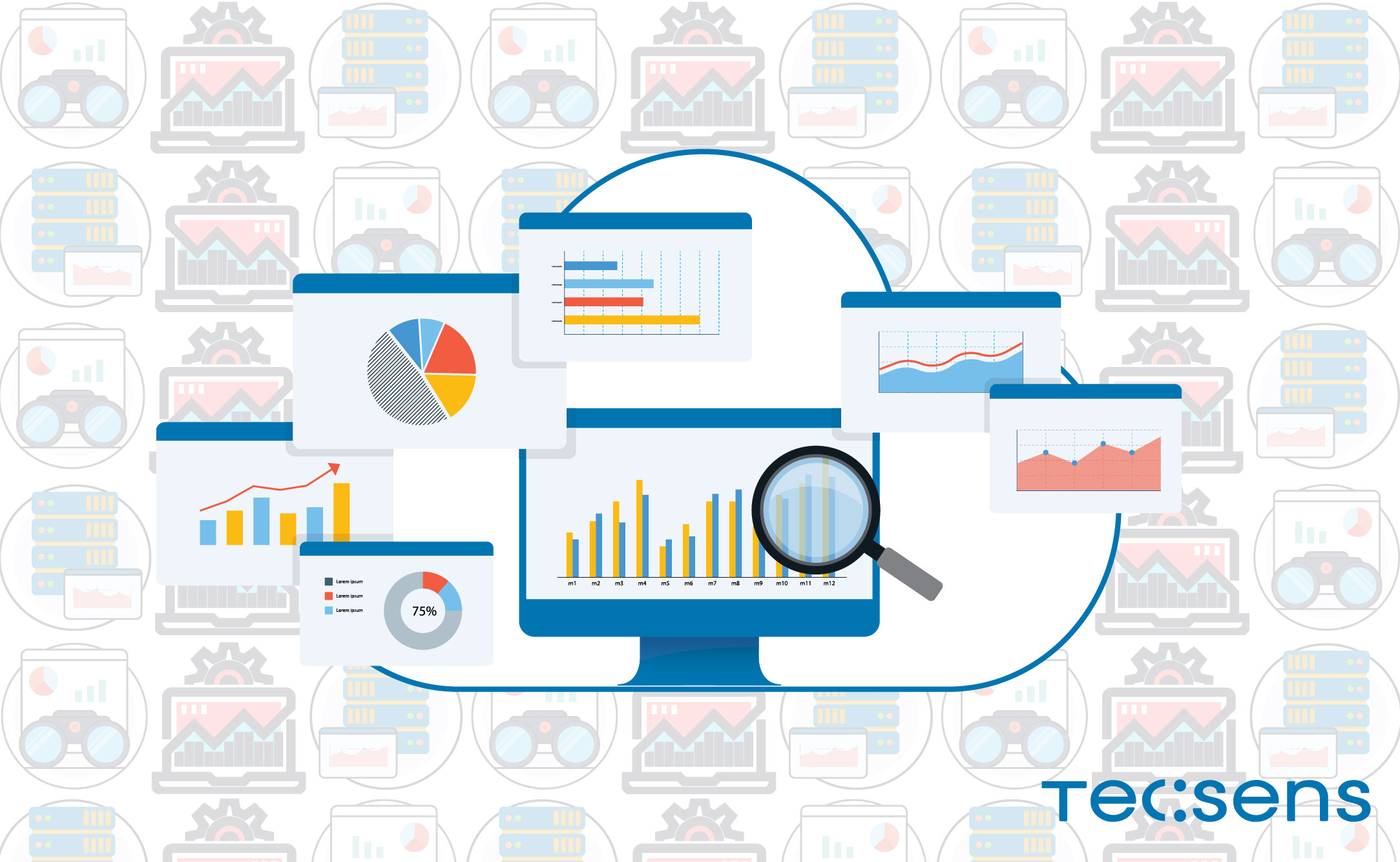After a long and tedious process in the implementation of a Cloud model composed of several steps. Analysis of the keys to selecting the right provider and review of the most common migration mistakes. The most important step remains, Cloud Monitoring, the key to ensure optimal performance and continuous monitoring of the infrastructure.
What is Cloud Monitoring?
Cloud monitoring is a performance monitoring solution for IT equipment. It allows you to have a 360º view of your entire infrastructure. In addition, it proactively detects all incidents, making daily work easier.
A solution that allows you to have remote information, real time and personalized reports.
Types of monitoring and functionalities:
- Web Monitoring: Website monitoring allows you to monitor the performance and activity of sites on the Internet, Intranet, and 3G/4G networks. Through synthetic web monitoring from various locations ensuring that users can transact on their website without interruption.
Features: Analysis of web page components using a real browser, performance of critical Internet services, evaluation of user interactions. Etc
- Server Monitoring: Monitoring of the entire server infrastructure and detailed visibility of key performance indicators.
Features: Use of server resources or availability.
- Storage Monitoring: Storage monitoring allows you to monitor storage resources and all your processes.
Features: available space, I/O access speed, Read/write latency, disk health, operational temperature etc.
- Network Monitoring: Network monitoring allows you to monitor devices, connection resources, and their performance.
Features: Network bandwidth, latencies, jitter, packet loss, traffic type, protocols etc.
- Database Monitoring: Database monitoring allows you to check the availability and consumption of resources in these databases.
Features: Read/write performance, number of connections, transaction times… Etc.




